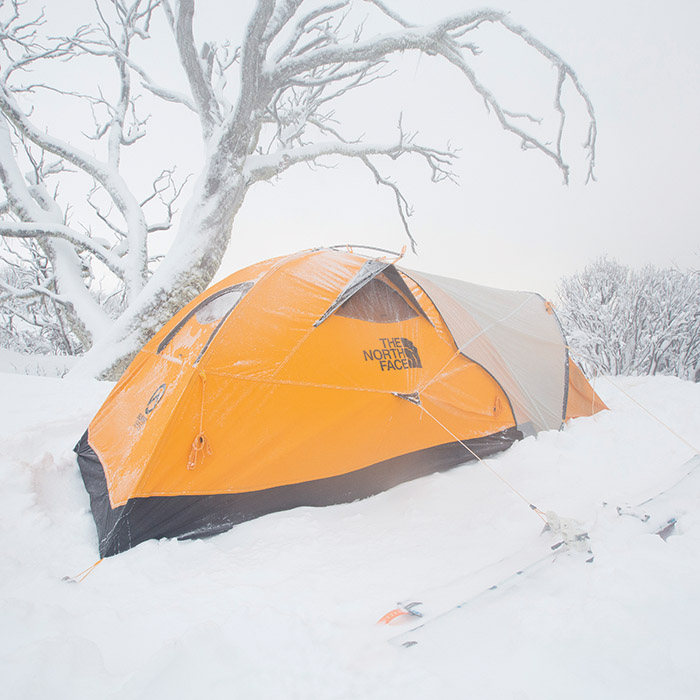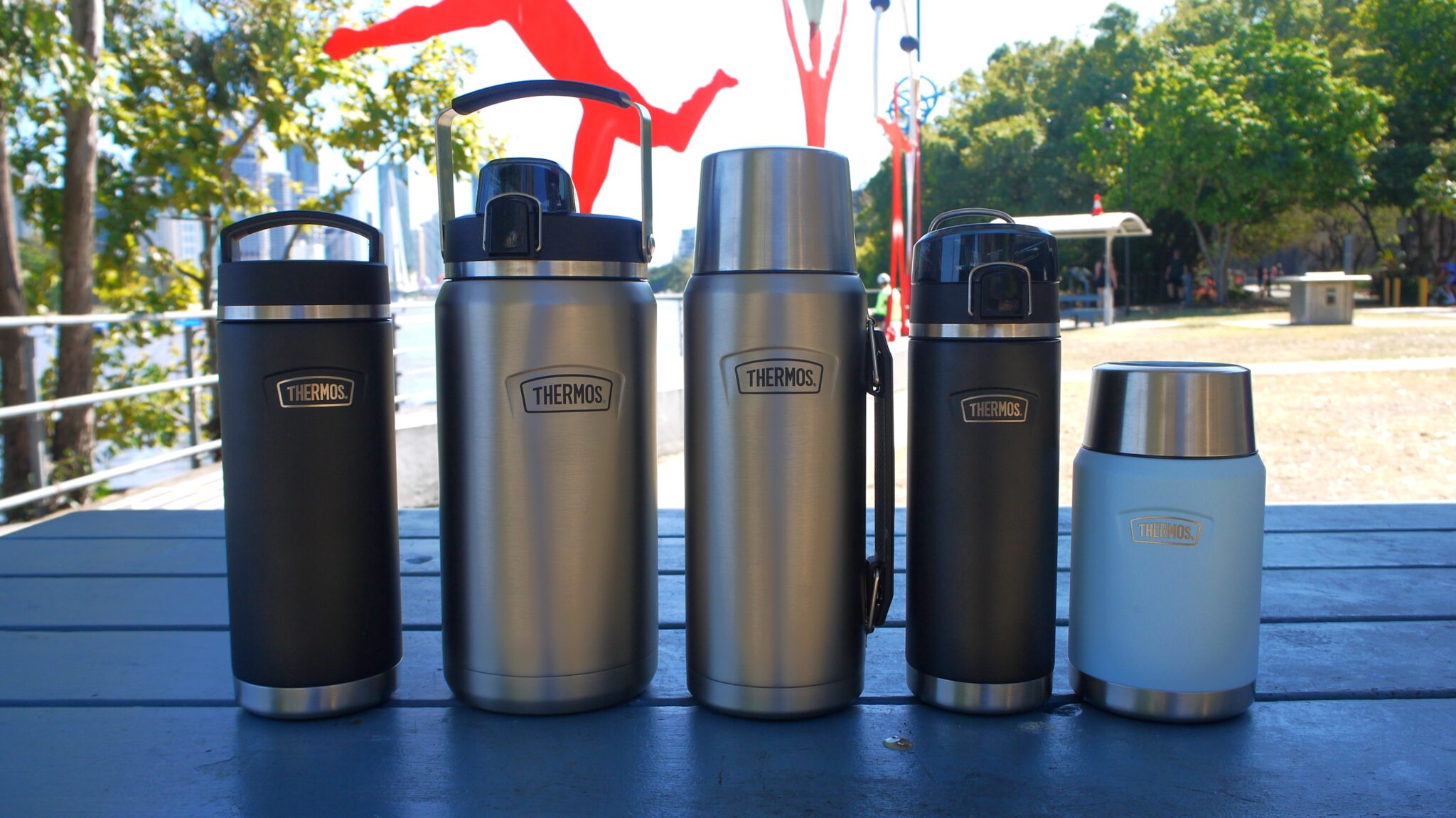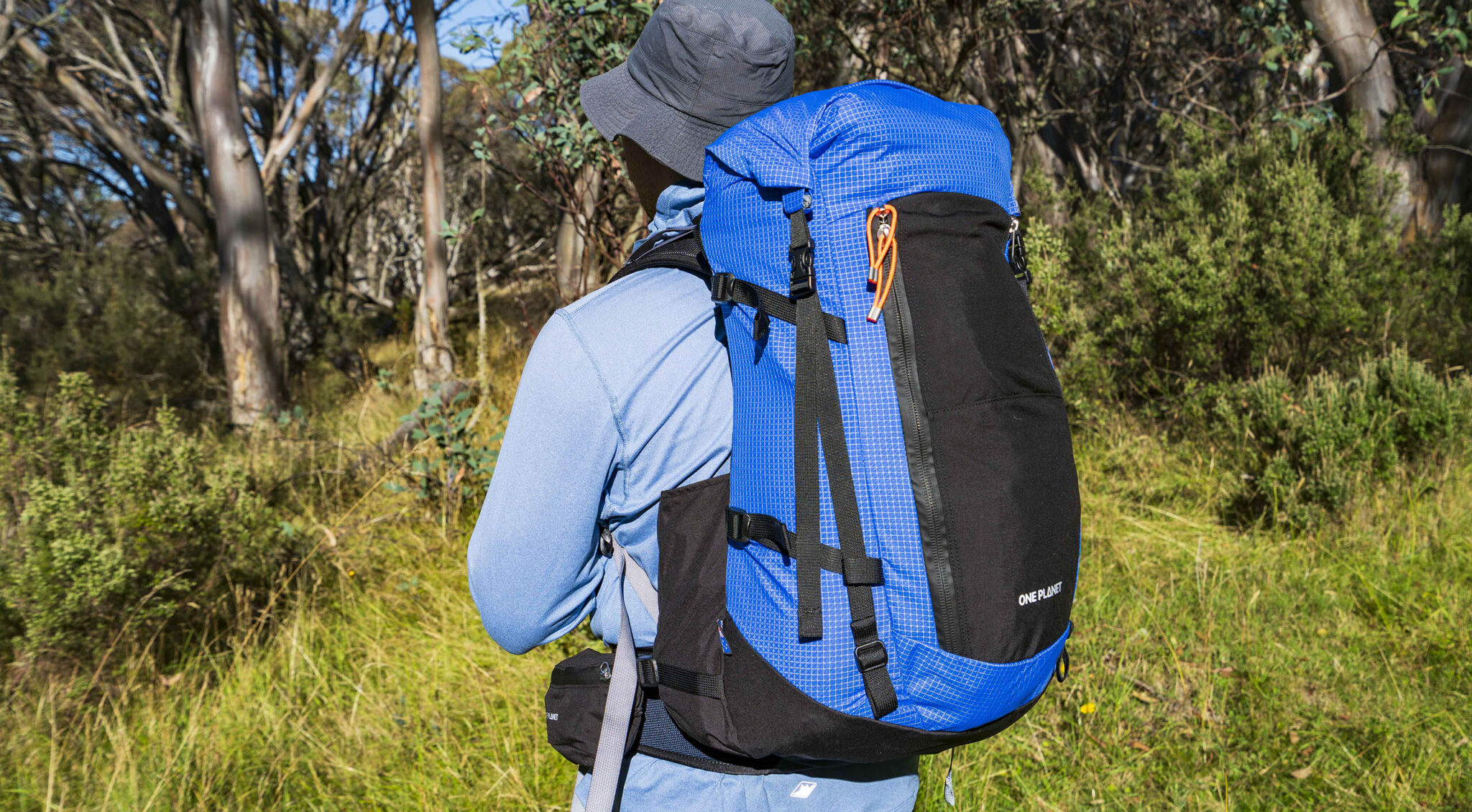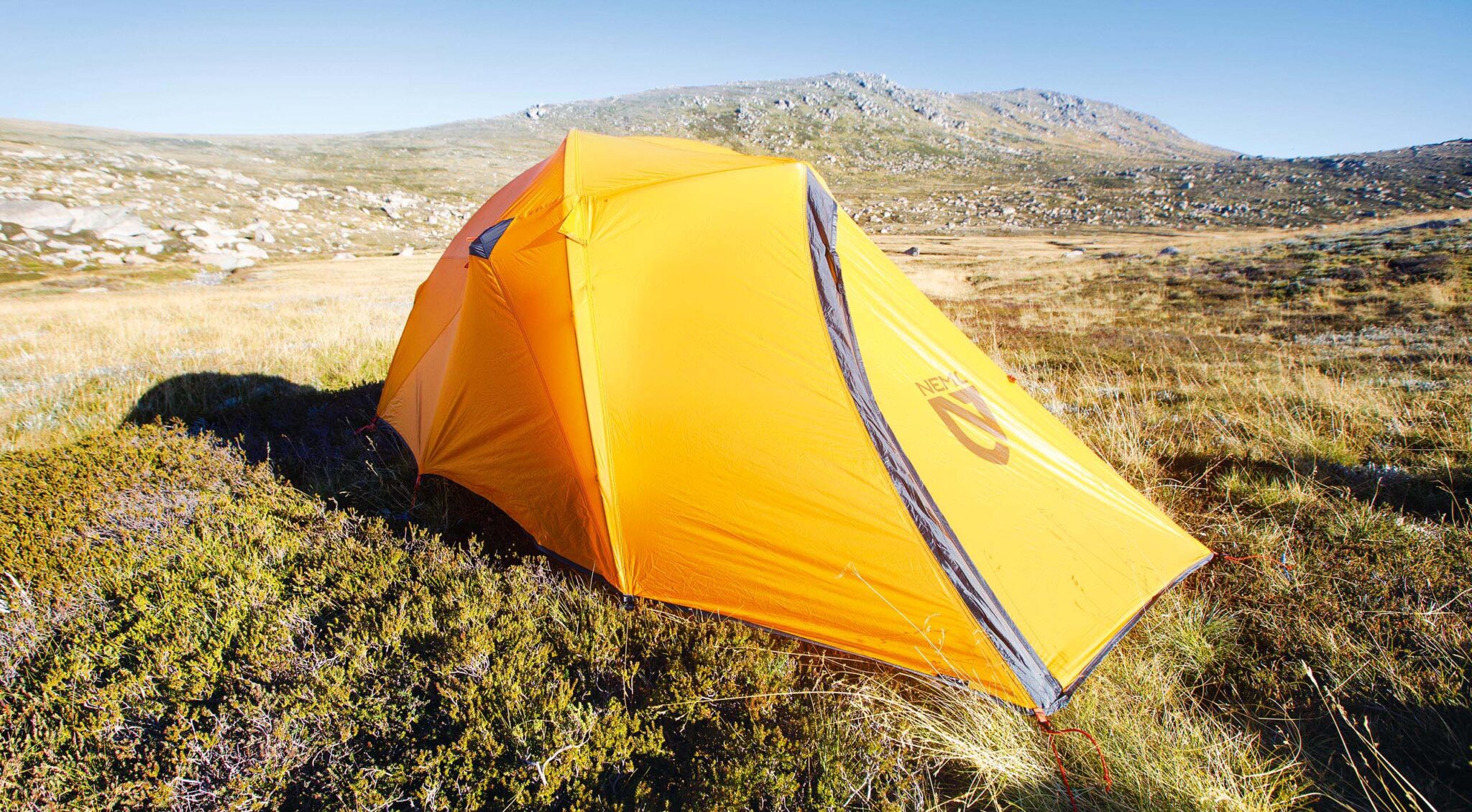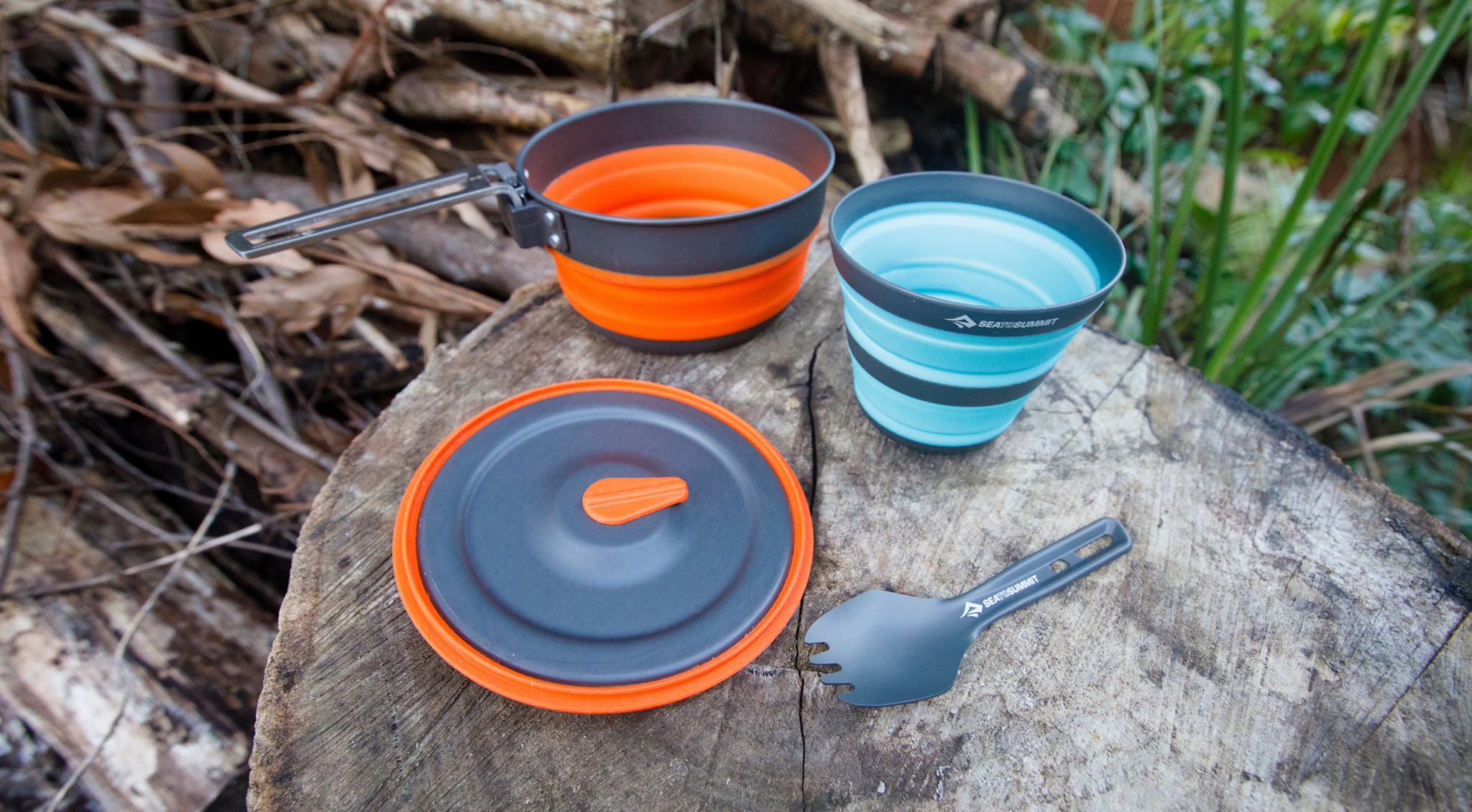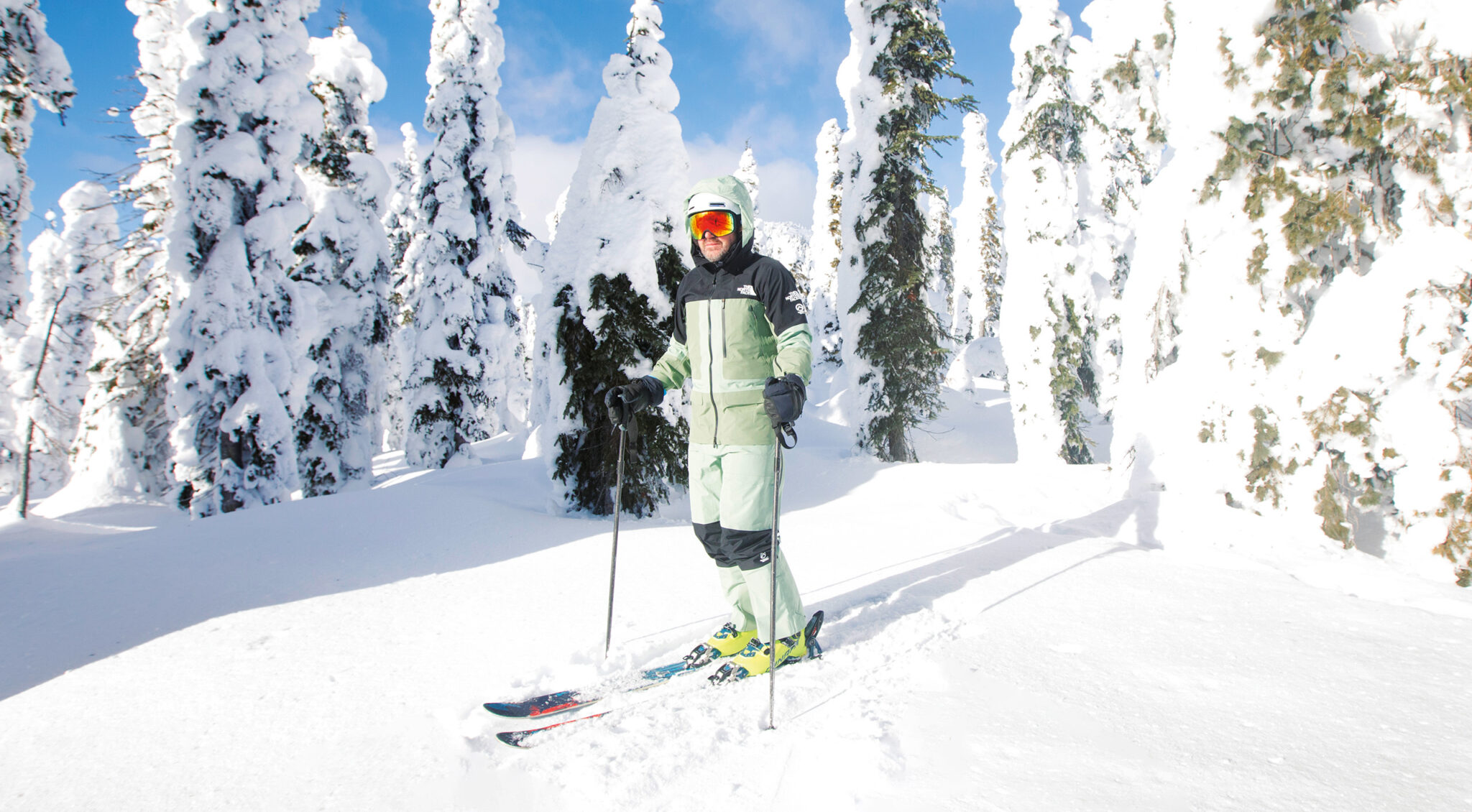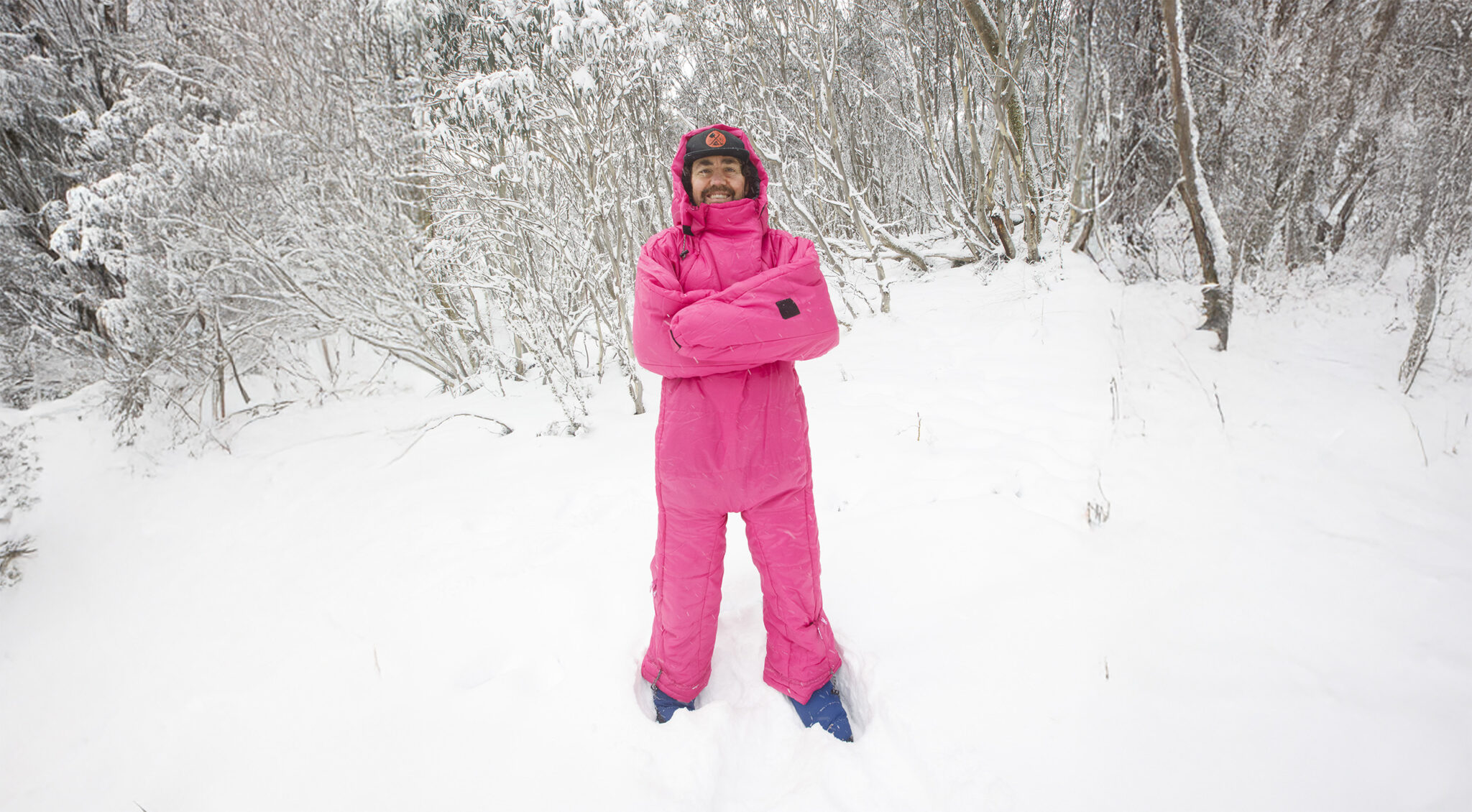The North Face Assault 2 Futurelight Tent
Futurelight has revolutionised The North Face’s outerwear line-up. Now it’s doing the same for its shelter.
(This review originally featured in Wild #185, Spring 2022)
If there’s one thing that seems common among winter-slash-four season tents, besides the fact they’re bomber, it’s that they’re heavy. Compared to tents designed for the warmer months, these things weigh a ton. Well, OK, that’s figuratively, not literally. But many do weigh upwards of four kilograms, and one that hits three kilos on the dot is definitely on the lighter side. So when you’re on an alpine expedition, or on a long backcountry skin up the side of some peak, and you’re grunting away thinking, Man, I wish my pack was lighter, your thoughts immediately turn to the heaviest single piece of gear you’re likely carrying: your tent.
The North Face’s Futurelight Assault 2 tent is a radical departure from the norm, though. The tent is made of a 3-layer version of TNF’s proprietary material Futurelight, a waterproof/breathable membrane which we’ve spoken about in Wild in the past, and it allows this single wall tent to, not including pegs, tip the scales at just 2.3kg. But that’s including the removable vestibule. Take that away— the fact that you can opt to leave it at home is actually a pretty neat, and versatile, feature—and your tent and poles come to just 1.7kg. That, my friends, for a 4-season tent is impressive.
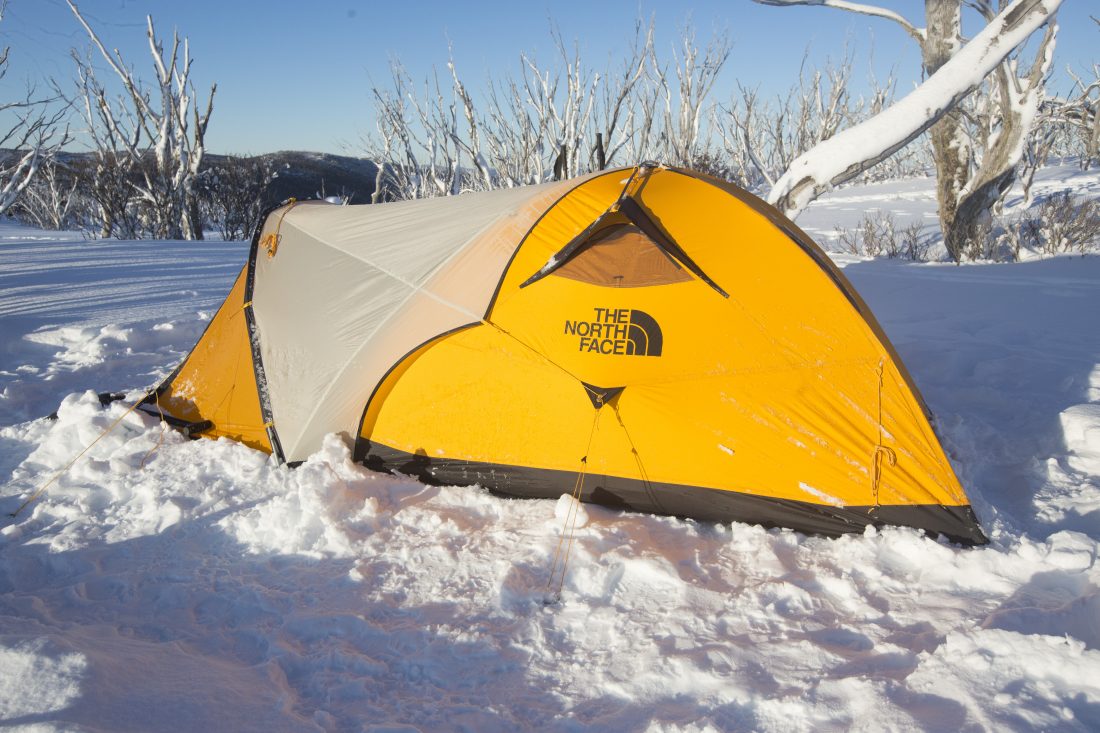
To be clear, similarly light winter tents aren’t impossible to find; they are, however, rare. And also to be clear, TNF doesn’t actually label the tent as 4-season, despite the fact that it seems that most of the tent’s end-users, including myself, regard it as such, and see it as winter shelter. Perhaps it’s that yes, in comparison to TNF’s Mountain 25 tent—which is unequivocally a 4-season tent—it’s not as robust. But the Mountain 25 weighs more than four kilos; if you’re heading somewhere that doesn’t require the most absolute bombproof of winter shelter, then the Assault is the far lighter option.
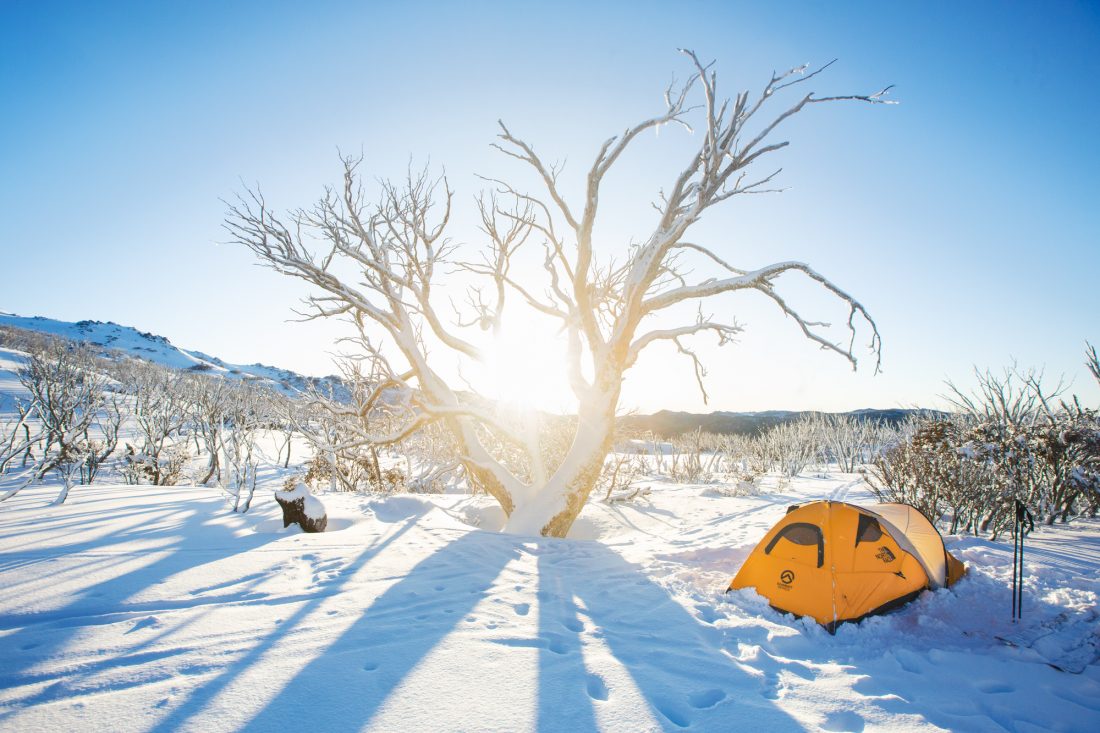
This is not to say the Assault 2 can’t handle winds and tough wintery conditions. I took it out on some blustery nights of snow camping, and decided to test the tent by not digging in or building any snow walls to protect it; the Assault 2 handled it just fine. And the Futurelight membrane stayed breathable despite some considerable cold. I’ve had it out on at least one night when the mercury dipped to nearly minus 10, and while there was the teensiest layer of condensed frost on the roof, I’m talking really bugger all. And that was with an inch of snow on the roof. I’ve certainly owned double-walled tents where I would have expected far greater build up. And by the time I returned from skiing for the day, it had all disappeared. Breathability is further assisted by two small vents (which tuck under the cross-bar) and a small rear window (the zip of which on mine, in heavy rain, gave a small drip, one that I’ll have to attend to with some seam sealant).
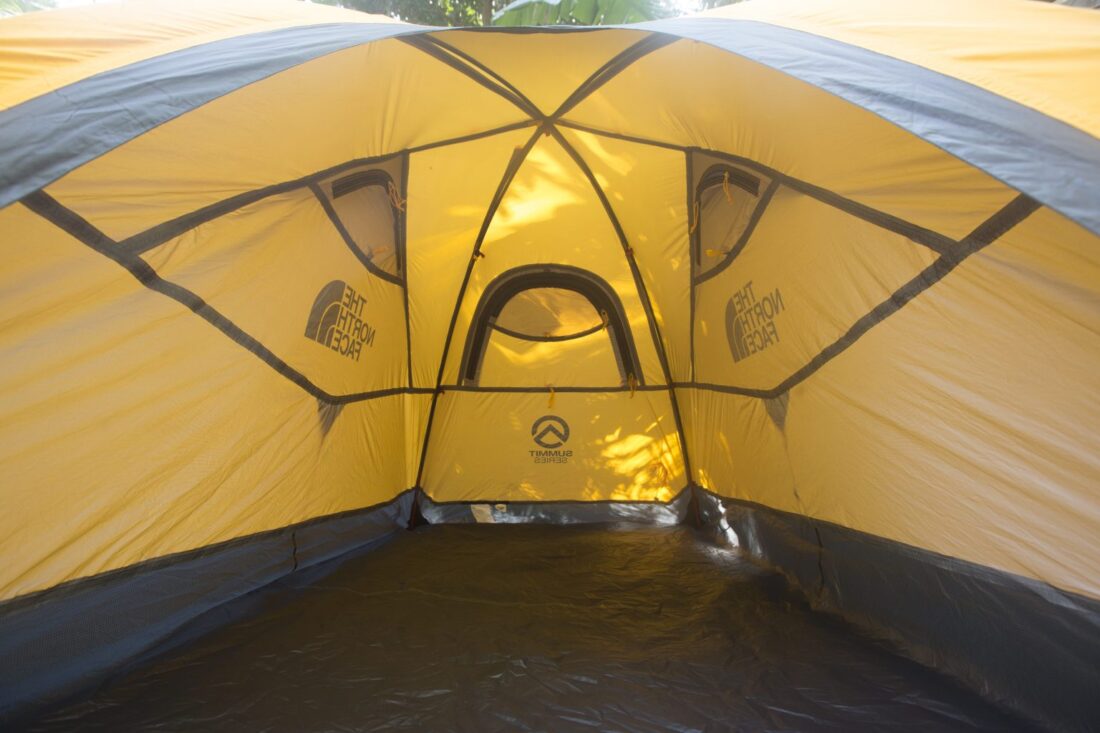
The tent is roomy, considering its lack of weight. I’ve been in both bigger and smaller winter tents. And the vestibule is definitely a solid size. The tent walls—being steep sided—give plenty of usable living space, but the trade-off is the decreased ability of the tent to shed wind. As with any tent, though, this is an either/or situation; you can’t have both. But beyond those steep walls, there are some other compromises with the Assault 2, and some trade-offs as well. Honestly, it’s inevitable for a tent that’s this impressively lightweight. While I found the main body of the tent super easy to set up—simply pop the ends of the carbon-fibre poles (which are also astoundingly featherweight) into the four corners of the tent’s interior, and then set the crossbar (you can do all this in less than 60 seconds)—using the Velcro tabs to hold the poles in place had a slight fiddle factor. So, too, did attaching the vestibule. And the guy lines and toggles need to be set carefully if the lines aren’t to slip. I quickly learnt that giving a few twists of the toggles and properly cranking down on the guy line holders stops any slippage, but I’d recommend getting the knack of this at home rather than, as I did, trying to figure it out for the first time after dark in a howling wind in subzero temps.

For a shelter that’s so light, I do wish the tent pegs were lighter. At 200g for 12, and we’re not talking snow pegs here, you’ll find lighter options elsewhere. (Since weight weenies are very much the target market for this tent and since they’ll likely want, or already have, lighter pegs, it’s for this reason I didn’t mention pegs in the overall weights I stated earlier). Still, getting lighter pegs is a relatively easy fix, one that should in no way influence your purchasing decision.
Overall, I found the Assault 2 to be an impressive offering, light enough and versatile enough—especially with its removable vestibule—that there’s no reason to restrict its use to winter camping. And when it comes to heading out into the snow, I can’t tell you how much I bitch internally about the weight of my gear. With the Assault 2 Futurelight, I’ll no longer be able to blame the weight of my tent for my lack of climbing speed. Me being a slug up the hills will be my fault alone.
NEED TO KNOW
PRODUCT CLASS: 2 person single wall alpine/winter tent with removable vestibule
AREA: 2.49m2
SOLE: Vibram
WEIGHT (AS TESTED): 1340g (42)
RRP: $1,500
MORE INFO: thenorthface.com.au
If you liked this piece, you should subscribe to the print mag. Only a fraction of the great stories we run in the mag make it to our website; if you want to read them, head to subscribe.wild.com.au.

